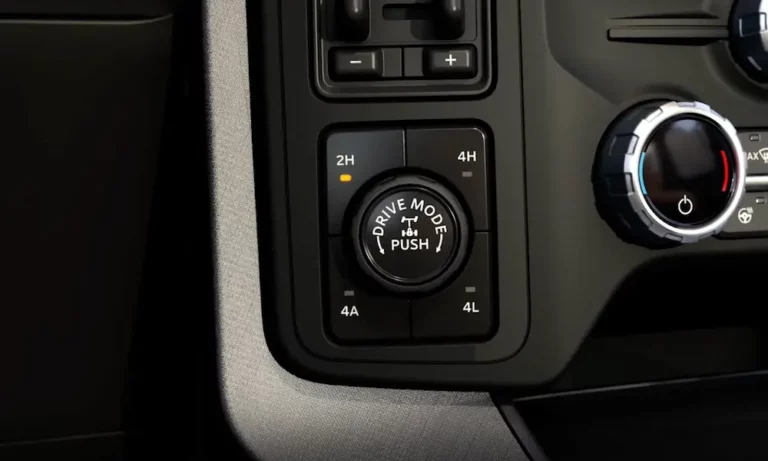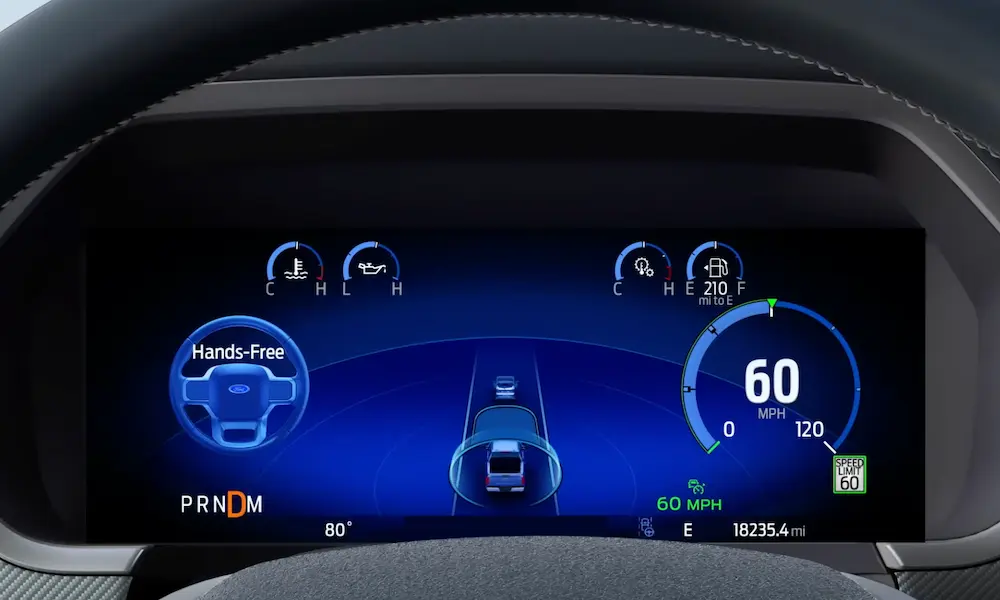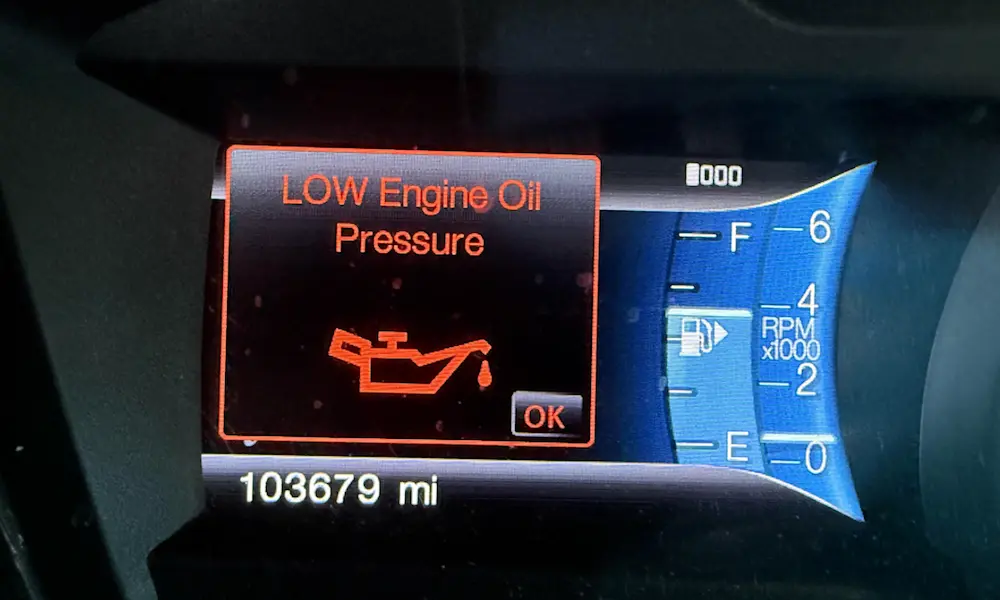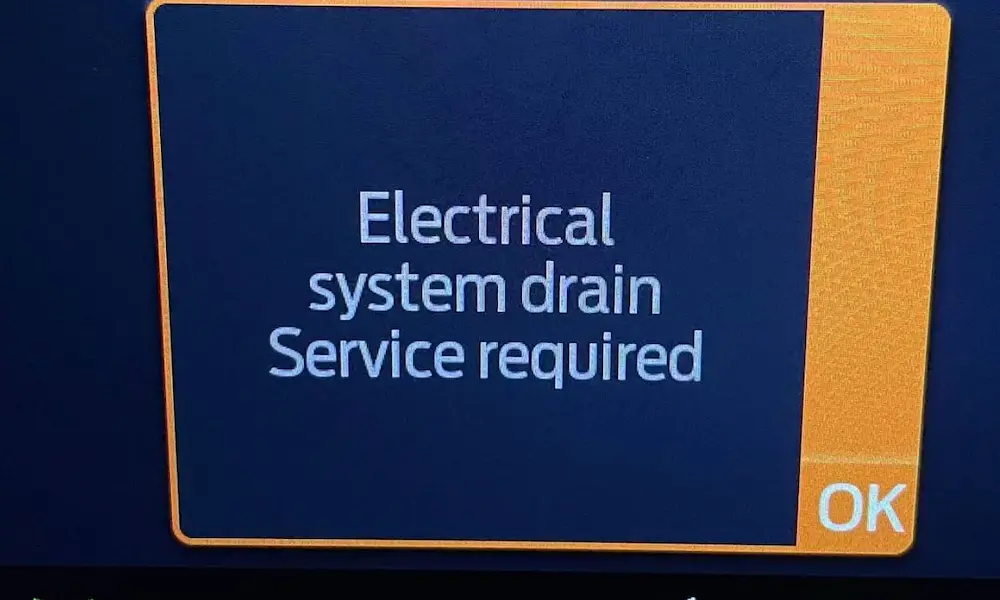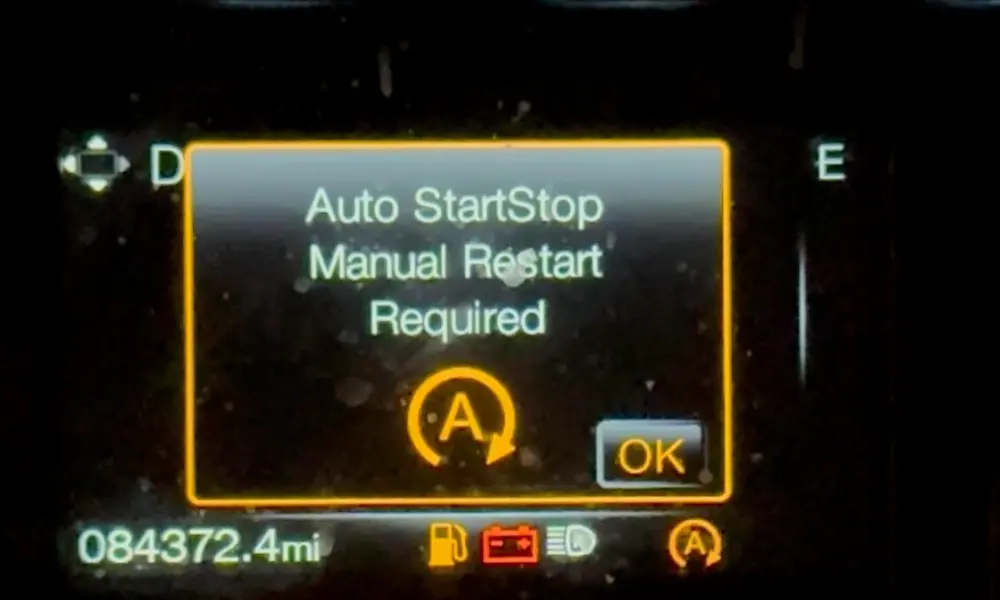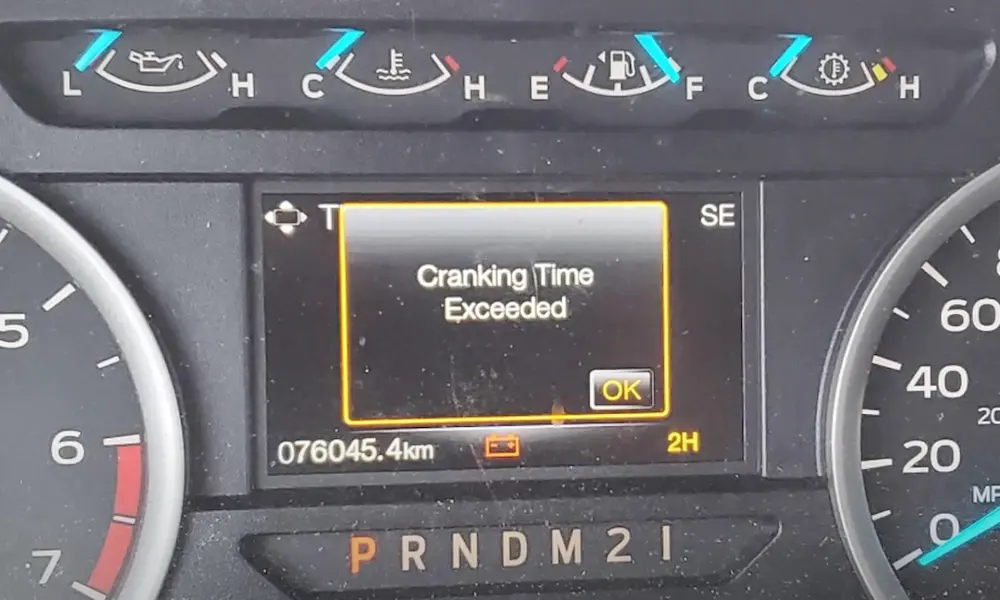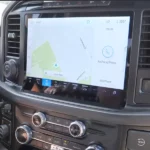Experiencing the “Drive Mode Not Available” message in your Ford F150 can be frustrating, especially when you need it most. This problem is often linked to issues like battery health or vehicle restarts. Discover practical solutions and helpful tips that could get your truck back to full functionality, so you can enjoy your ride. Keep reading to learn more about how to tackle this common issue effectively.
Common Issues Leading to ‘Drive Mode Not Available’ Message
When encountering the “Drive Mode Not Available” message on your Ford F150, several factors may be at play. Understanding these potential causes can help in diagnosing and addressing the issue effectively.
Transmission System Troubles
Transmission Control Module (TCM) issues can be a significant factor in seeing the “Drive Mode Not Available” alert. The TCM helps manage your vehicle’s transmission performance. If it fails to communicate properly with other systems, you may experience drive mode problems. Faulty connections or software bugs in the TCM may cause these issues.
It’s also a good idea to check for any worn-out components in the transmission system. Regular maintenance can help in preventing these kinds of troubles. For detailed guidance, visiting a trusted mechanic is a good step.
Electrical Issues and Wiring Problems
Electrical issues and wiring problems also play a big role when dealing with drive mode issues. If wires connecting vital components are damaged, it could disrupt signals. Look for any broken or frayed wires around your vehicle’s engine. A professional inspection might be needed to identify these issues.
It’s essential to ensure that your vehicle’s various modules are communicating correctly. Electrical system inspections should be part of your regular vehicle upkeep to catch potential problems early.
Battery Charge and Voltage Concerns
The battery condition is crucial in maintaining proper vehicle functions. An old battery might not supply the necessary power, causing drive mode problems. If your battery isn’t an Absorbent Glass Mat (AGM) type, this could further reduce efficiency. Testing your battery charge and voltage can provide insight.
If the battery is low, the entire electrical system might underperform, impacting components like drive modes. To avoid frequent setbacks, consider regular battery health checks and timely replacements.
Solenoid and Sensor Malfunctions
Solenoids and sensors play essential roles in regulating various vehicle functions. Malfunctions in these areas can affect the operation of your F150’s drive modes. Sensors send input to your vehicle’s systems, and if they aren’t working right, they may provide incorrect data or fail to respond.
It’s important to check these parts if you encounter issues. Solenoid malfunctions might require more detailed diagnostics by a professional. Having them checked can ensure they function well, preventing drive mode alerts.
Diagnostic Steps and Troubleshooting
When your Ford F150 shows the “Drive Mode Not Available” message, you can explore a few diagnostic steps and troubleshooting options. These involve using an OBD2 interface, interpreting Technical Service Bulletins, and diagnosing potential Can Bus communication failures.
Using the OBD2 Interface for Error Codes
The OBD2 interface is a crucial tool for diagnosing vehicle issues. Start by connecting an OBD2 scanner to your F150. This device reads error codes that help pinpoint problems related to the drive mode system. Many scanners provide plain language descriptions for each code, making them easier to understand.
Once you have the error codes, use the information they provide to guide your next steps. Some common issues might relate to battery health or electronic control units (ECUs). Maintaining a healthy battery is important.
Regularly check the OBD2 for error messages even if there are no obvious problems. This proactive approach helps catch issues early before they escalate.
Interpreting Technical Service Bulletins (TSBs)
Technical Service Bulletins, or TSBs, are documents car manufacturers issue to dealerships with insights on common vehicle issues and their solutions. These bulletins differ from recalls but still provide valuable information. To access TSBs for your F150, you might need to contact a Ford dealer or search online.
Each TSB includes a description of the problem, symptoms, and recommended solutions. For a message like “Drive Mode Not Available,” TSBs might list known software glitches or sensor issues.
Reading and understanding TSBs can give you a head start in fixing problems without unnecessary trial and error. They are a dependable resource and often faster than general troubleshooting.
Can Bus and Communication Failure Diagnosis
The Can Bus is a network that allows different parts of your vehicle to communicate. When there’s a communication failure, it can trigger many alerts, including the drive mode warning. Diagnosing these issues often requires specialized knowledge and equipment.
Common signs of Can Bus problems include erratic behavior in electrical systems or error messages on your dashboard. To diagnose, check all relevant wiring and connections for damage or corrosion.
Faults in the Can Bus system might sometimes be resolved by updating the vehicle’s software, which could address any compatibility or communication bugs. If you’re unsure, consulting a professional technician might be the best course of action.
Maintenance and Preventive Measures
Taking care of your Ford F150 is key to avoiding issues like the “Drive Mode Not Available” warning. Focus on regular maintenance, thinking about how weather affects your vehicle, and understanding the role of new technologies like Start/Stop.
Regular Vehicle Maintenance Schedule
Keeping a consistent maintenance schedule is crucial for vehicle health. Regularly check your battery for signs of depletion, especially if your truck is older. Monitor oil levels, as low oil can lead to engine issues, affecting drive modes.
Inspect tire pressure and wear. Uneven tires can impact driving efficiency. Rotate your tires regularly for balanced wear. Make sure your brake system is in top condition, as it can alter the performance of drive modes, and ensure all fluids are filled and contamination-free.
Weather and Environmental Considerations
Extreme weather can impact your F150’s performance. Cold temperatures can affect the battery, sometimes leading to a “Drive Mode Not Available” message. In such conditions, keep your battery fully charged to avoid problems.
In hot climates, engine components can overheat, causing issues with the vehicle’s systems. Consider regular checks for coolant levels to prevent overheating. Also, short trips can prevent the vehicle from reaching optimal efficiency, so try to include longer drives when possible.
Warranty and Assistance
When facing the issue of “Drive Mode Not Available” in your Ford F-150, understanding your warranty options and knowing where to seek help can be crucial. This involves both Ford’s powertrain warranty and the support available through Ford dealers.
Ford’s Powertrain Warranty Coverage
Your Ford F-150 comes with a powertrain warranty that could cover certain repairs related to drive mode issues. This warranty typically lasts for 5 years or 60,000 miles. It’s designed to cover engine, transmission, and other components. If the issue you’re experiencing is related to a powertrain malfunction, this warranty might help with repair costs.
Make sure to check if your vehicle’s problem falls under the warranty terms, as some issues might not be covered. Reading through your warranty booklet or contacting Ford directly can provide clarity on what’s included. Keep in mind that any unauthorized modifications or neglect can void the warranty.
Seeking Help from Ford Dealers and Customer Service
If you find yourself stuck, visiting a Ford dealer is a reliable option. Ford dealers have trained technicians familiar with these vehicles, making them well-equipped to diagnose and fix drive mode issues. It’s a good idea to schedule an appointment, so the dealership can prepare for your visit.
You can also contact Ford’s customer service for guidance. They can assist with questions about warranty coverage, dealer locations, and steps to resolve your vehicle’s problems. Having your vehicle identification number (VIN) ready when calling can speed up the process by helping them access specific information about your car.

